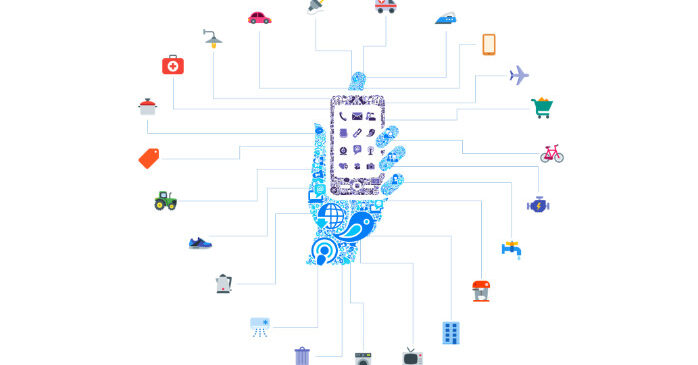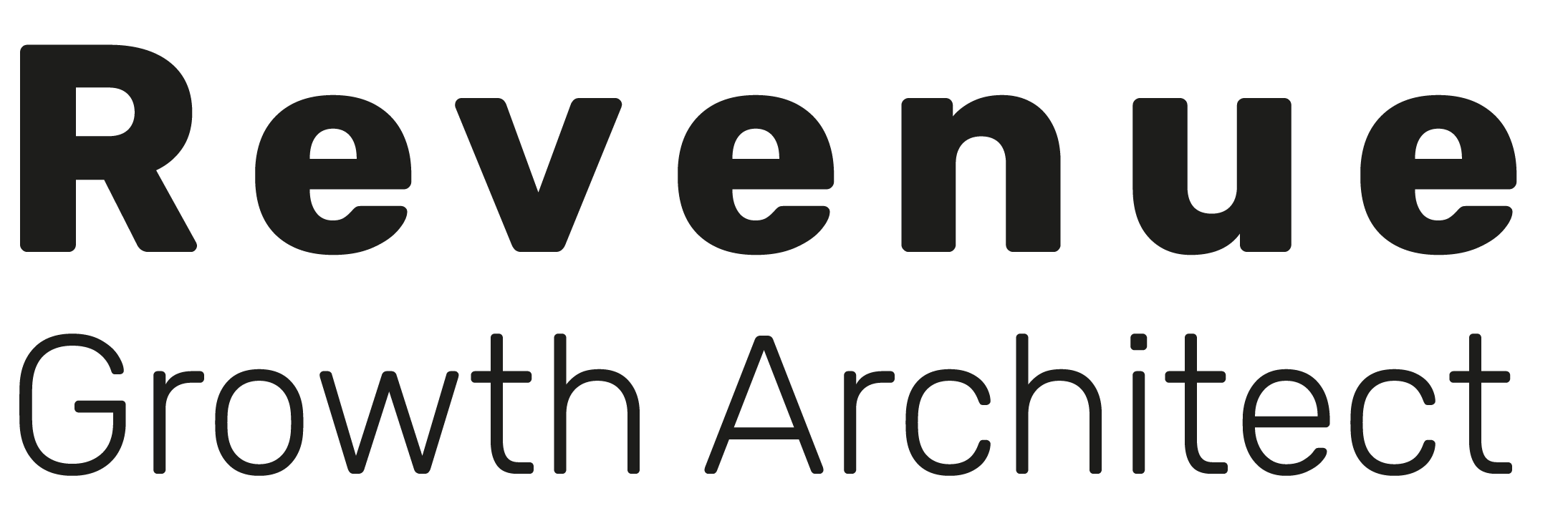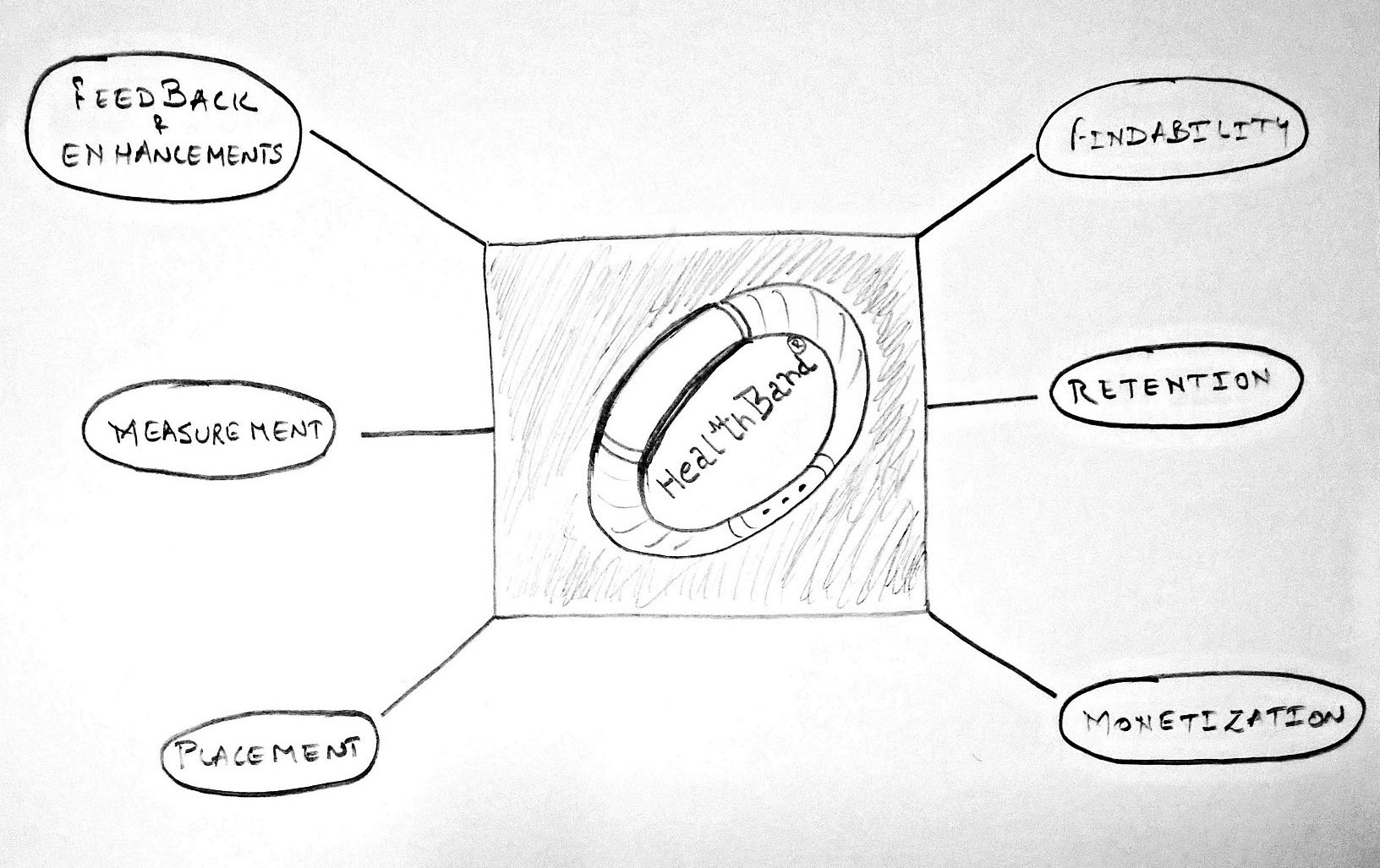How will you market a mobile app?

Mobile app marketing for dummies
Mobile App market is growing by the day. According to recent research, by 2017, the app market will be a $77 billion industry. That said, mobile technology is every evolving finding newer ways to share data, be it news, views, reviews, updates or offers to its users. So, having an app for your internet-based or enabled product is just a natural extension of your core offering.
Here we will try and attempt discussing a few aspects of mobile app marketing strategies. This should serve as a starting point for any start-up CEO, marketing folks and business mentors in general. As I have previously posted on IoT Product Marketing (see here), I will try to expand the footprint of Health Band™ by allowing data share with this native mobile app (native as data from Health Band™ needs to be locally stored when not in the coverage area and to avoid lags). To help SEO and enhance brand presence, I won’t change the name.
We can easily categorize marketing efforts in 6 distinct categories to better our focus:
1. Findability
According to research, ~40% of smartphone users utilize search to discover new apps in their respective app stores, followed by search ads, social ads, banner ads and video ads. The fundamentals of digital marketing apply here too. Using correct keywords (head and long-tail) will help in finding your app in suggested searches. For Health Band™, we will use keywords like Health Band, HealthBand, Health-Band, app for Heath Band, Health Band tracker app, etc. This will help with organic traffic. You can also include keywords that your competitors use. Try: https://keywordtool.io/app-store.
From a pure promotions perspective, an app installs campaign is a great way forward. This will help publish your ads on display and search networks and on YouTube. More on this here.
Tip: When you sell Health Band™, a QR Code printed on the manual / box could help locate the app easily. Even when you first pair the device to your mobile phone, a message could be triggered to ‘Download the app now’.
2. Retention
The way your user found you, is also the way they will find your competitor. In this case, though, the app usage is closely tied to the device in use (Health Band™). The experience on the app however will have a cascading effect on the ownership and the desirability of the device itself. It is, therefore, necessary to deliver a smooth experience on the app as on the gadget.
To understand retention better, look at metrics for 30/60/90 day app usage after the first install. Personalization is of paramount importance as this app is for a wearable. And so, smart notifications or push messaging for ‘Burn this track today’ (to burn those extra calories) or alarms synced with a calendar on the handheld or even motivational beats to make it lively are all great examples to keep the user focused on their personal health goals.
Special offers relevant to the user’s location and activities will keep app usage on a high. If the user has not used the app in the last 30/60/90 days, a message could be fired like “we missed you” bundled with an offer / free coupon. Surveys to assess customer loyalty will give direct feedback to help improve the UX.
Tip: While the ROI is a short-term goal (and tied to a campaign), a higher LTV is what one should continuously pursue.
3. Monetization
As the app is specifically built to assist the user to measure their performance as tracked by the wearable, we will use Incentivized / Reward based Advertising and Targeted In-App Advertising. Companies like Pebble do it well with rewards after you complete a run and score high. The reward can be anything from a discount on the newest edition of Health Band™ or a discount on running shoes or a free sipper shipped to your address. This has to be carefully crafted and the easiest way to do this is by monetizing the primary goal of your device – fitness / health tracking.
Generally, In-App Advertising can be frustrating but Targeted In-App Advertising can really add value to your user engagement. Say a recipe for a salad as you are on a diet or to gain size, protein mix or the new sweat-proof Bluetooth headphones to go with your phone. Possibilities are limitless.
Tip: There are multiple ways to calculate the LTV of your customer. A simple equation: Average Revenue per User (ARPU) x Gross Margin x (1 / Churn).
4. Placement
Placing your apps in places where your users are most likely to spot it is fundamental to your app being downloaded more often. As the app is for a wearable, displaying app availability on the website (company, micro or standalone) is a no-brainer. Promoting features / new updates on Social Media, emailing existing users, or even a display ad to users of healthcare-related apps, are all great ways to stay in front of your audience.
A huge opportunity lies with third-party storefronts where your product can be sold at. You can invite buyers to download the app for free and place links to the app stores. A small talk: from within the app, once a survey is taken (like would you recommend Health Band™ to your friends?), there has to be a way to share purchase links with their contacts via social media, email, chat, or SMS.
Tip: Customer Service / Support reps should have a link in the signature to their app.
5. Measurement
Measuring your app’s performance (usage and revenue) can give great insights into how your app is doing with your users. There are multiple platforms that can help you measure AARRR (Acquisition, Activation, Retention, Referral, and Revenue) along with Impressions, Downloads, CTRs, Conversion Rates, ROI, LTV, et al. Google Analytics can help you do that for free (minus Cohort Analysis and iTunes integration for conversion). For more advanced analytics (in-app messaging, push notifications, A/B testing, crash, etc.), there are commercial tools available and you can subscribe to them.
Update (5/15/2020): Google Analytics now provides a Cohort Analysis of app users.
Tip: Remember, to track app engagement in Google Analytics (like any other measurement tool), you will have to download and install an SDK. More under this link.
6. Feedback and Enhancements
This is the end-of-the-cycle stage. Feedback from the user and their actions (as recorded by your measurement tool on a continuous basis) can pave way for your next update / enhancement. It can also point out whether time-to-market is accurate or not. Feedback can be collected from the app store, forums, and support queues.
Once you aggregate data based on its nature (technical / functional) you can slice-n-dice it to find key issues and stage your development accordingly. New features like sending SOS to the ambulance service in critical conditions, can add great value. Also, reporting the data in different dimensions / report types will help users contextualize better. With a new device version, your app needs to keep pace with it without losing its capability to track data from previous versions.
Addition (5/15/2020): If you DevOps, you will be able to push continuous updates to your app. If done right, it will improve UX and user retention. The user will get the features or data that they seek. Using a process that monitors user feedback and creates prioritized epics / stories / tasks for the Dev team to work on will keep you ahead of the competition.
Tip: The marketing team has a responsibility toward the product team to share insights into their customer’s behavior so that the product and app remain current and solve customer concerns.
Above, I have categorized major Marketing activities to market a mobile app for our device Health Band™. If I have missed out on any topic, please contact me.
Again, this is not a marketing ‘plan’ to market an app but just a summary. It should serve as a resource to have a discussion on how to take your app to the market. While this discussion is meant for apps that are closely tied to a product (real or virtual), apps that operate independently share quite a few characteristics with the way an app could be marketed.
In the end, here’s what I’d like to say.
Customers come first, then your product. Without customers, your business will not exist.
In the immortal words of Seth Godin:







